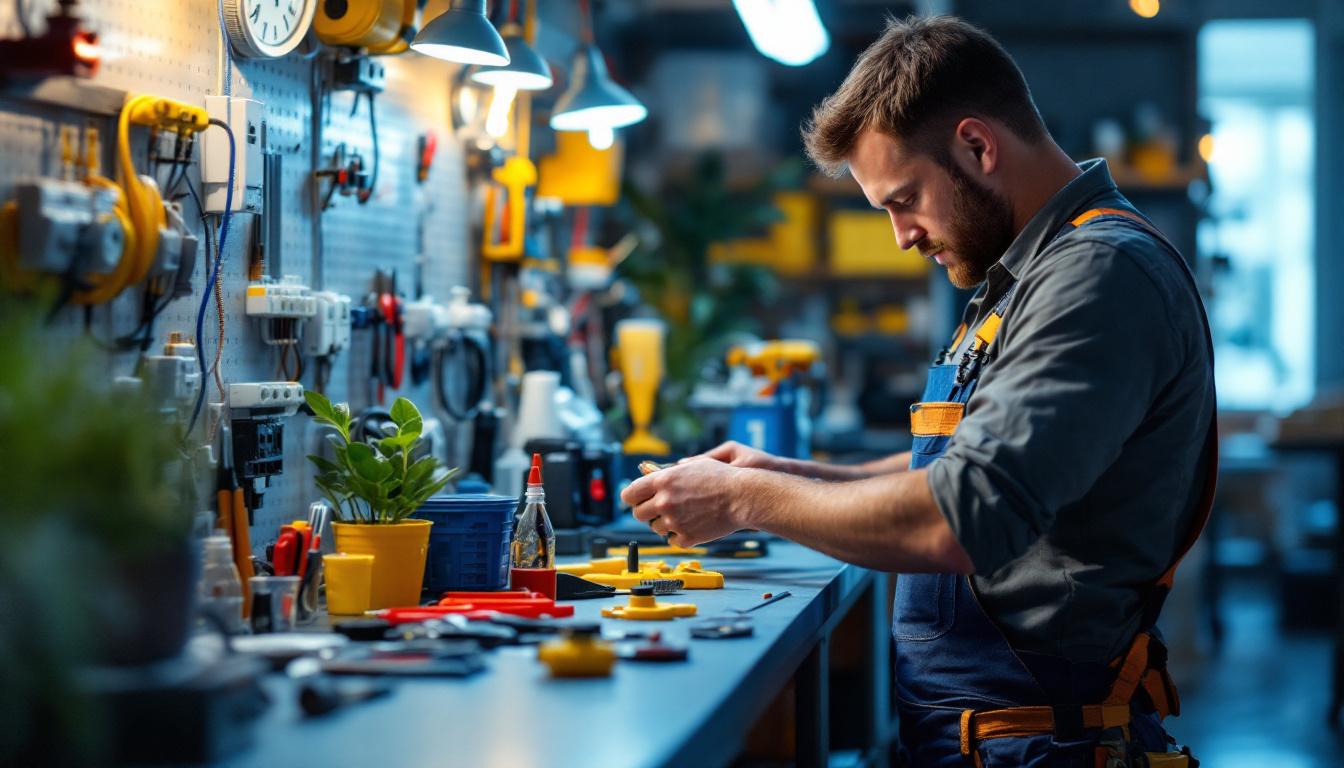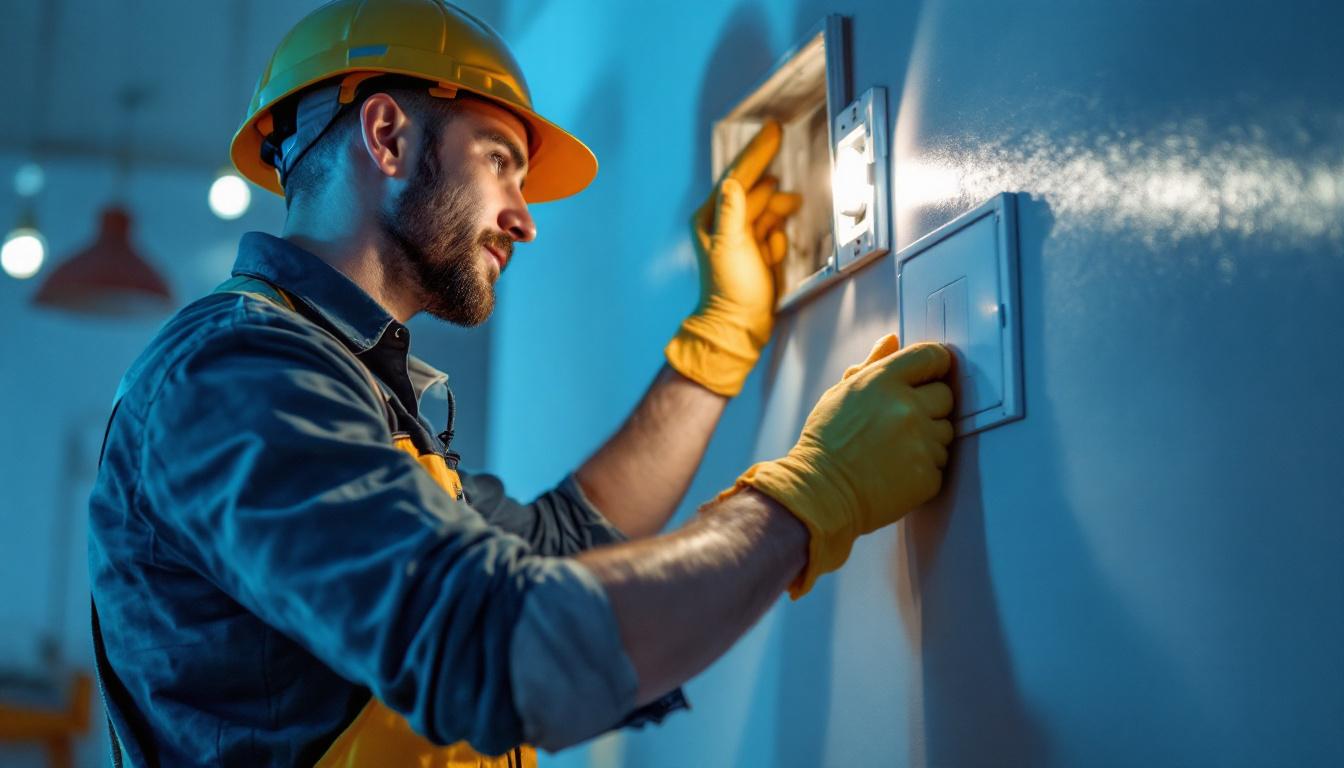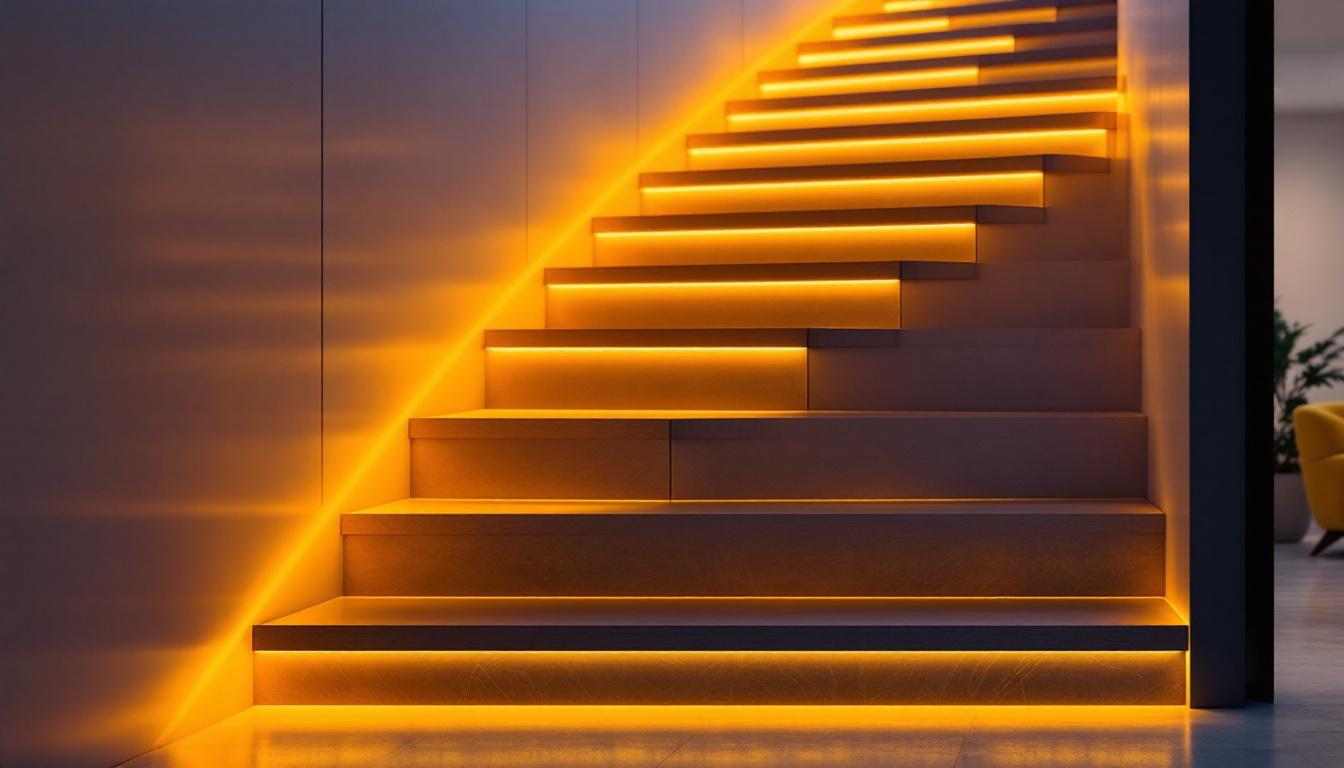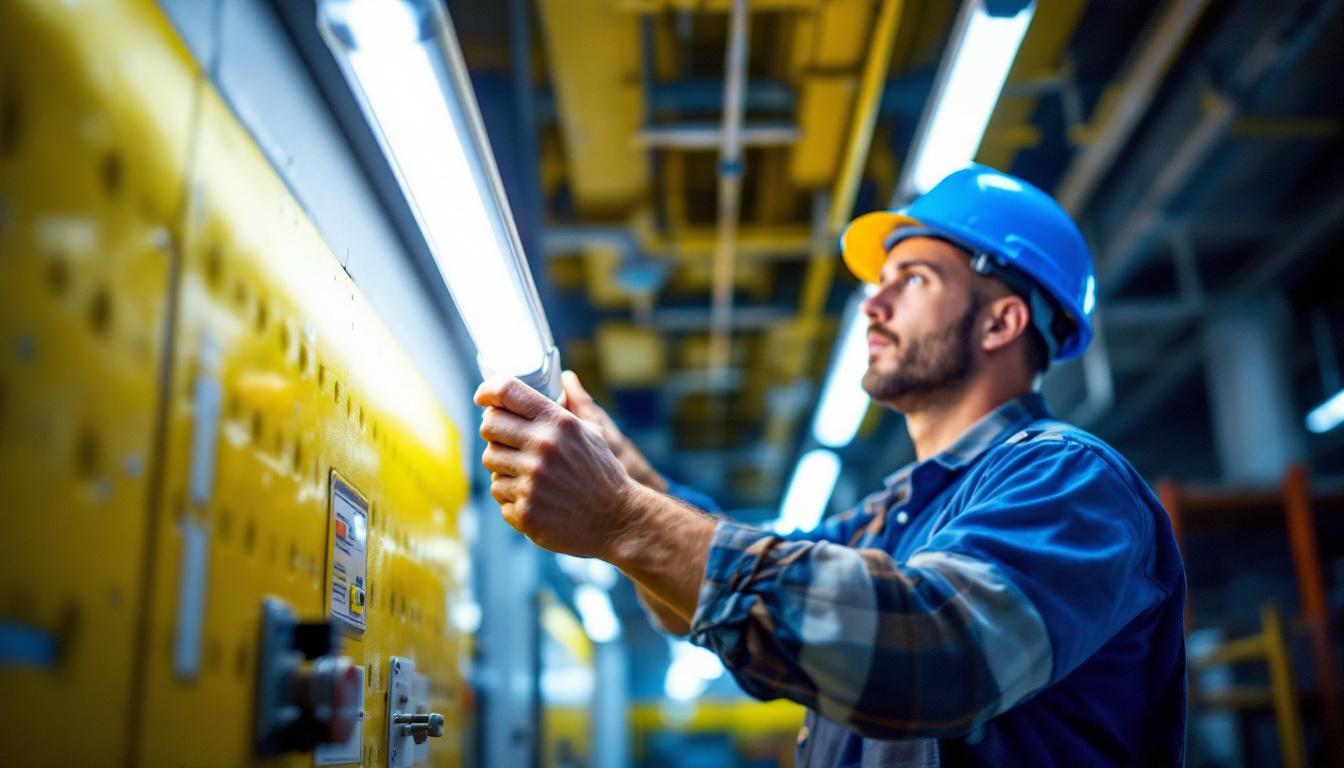
In the realm of electrical installations, understanding the various types of electric wire connectors is essential for lighting contractors. These connectors play a crucial role in ensuring safe and reliable connections, which is vital for both residential and commercial lighting projects. This article delves into the different types of electric wire connectors, their applications, and tips for effective use.
Electric wire connectors are devices that join electrical wires together, facilitating the flow of electricity while ensuring safety and reliability. They come in various shapes, sizes, and materials, each designed for specific applications. Mastering the different types of connectors is essential for lighting contractors who aim to deliver high-quality installations.
Proper connections are fundamental to any electrical system. Poorly made connections can lead to overheating, short circuits, and even electrical fires. Therefore, understanding the characteristics and appropriate uses of each type of connector is vital for ensuring safety and compliance with electrical codes. Additionally, the longevity of the electrical system can be significantly impacted by the quality of the connections made. A well-connected system not only operates efficiently but also minimizes maintenance costs over time, providing peace of mind to both contractors and clients alike.
Wire connectors are used in various applications, from residential lighting fixtures to complex commercial installations. Each application may require a different type of connector, depending on factors such as wire gauge, environmental conditions, and load requirements. Familiarity with these applications helps contractors choose the right connector for each job. For instance, in outdoor settings, connectors that are resistant to moisture and corrosion, such as heat-shrink connectors, are often preferred to ensure durability and reliability. In contrast, for indoor applications, a simple twist-on wire connector may suffice, as the environmental factors are less demanding. Understanding these nuances not only enhances the quality of the installation but also ensures compliance with local regulations and standards, which can vary significantly from one region to another.
There are several types of electric wire connectors, each serving distinct purposes. Below are some of the most commonly used types in the lighting industry.
Wire nuts, also known as twist-on wire connectors, are among the most popular types of connectors used in electrical installations. They consist of a plastic cap with a metal spring inside that grips the wires when twisted together. Wire nuts are ideal for joining multiple wires and are commonly used in residential lighting applications.
One of the advantages of wire nuts is their ease of use. They can accommodate various wire sizes and are available in different colors to indicate the size of the connector. However, it is crucial to ensure that the wires are twisted tightly and that the connector is securely fastened to prevent any loose connections. Additionally, wire nuts can be used in a variety of environments, from dry indoor settings to damp outdoor locations, provided they are rated for such use. This versatility makes them a go-to choice for both amateur DIY enthusiasts and seasoned electricians alike.
Push-in wire connectors, also known as push-fit connectors, are designed for quick and easy wire connections. These connectors allow wires to be inserted directly into the connector without the need for twisting or additional tools. This feature makes them particularly appealing for lighting contractors who need to make connections efficiently.
Push-in connectors are often used in low-voltage applications, such as LED lighting installations. They provide a secure connection and are less prone to corrosion compared to traditional connectors. However, it is essential to ensure that the wire is stripped to the correct length for optimal performance. Moreover, push-in connectors often come with built-in strain relief, which helps to prevent the wires from being pulled out inadvertently, thus enhancing the overall safety and reliability of the electrical system.
Terminal blocks are another type of connector that provides a secure connection for multiple wires. These connectors consist of a plastic block with multiple terminals that can accommodate several wires. Terminal blocks are commonly used in junction boxes and control panels, making them suitable for more complex lighting systems.
One of the benefits of terminal blocks is their ability to provide a clear and organized connection point for multiple wires. This organization can be particularly useful in commercial applications where numerous circuits are present. Additionally, terminal blocks can often be configured to allow for easy disconnection and reconnection of circuits, which is invaluable during maintenance or upgrades. However, proper installation is crucial to avoid loose connections, which can lead to electrical issues. Furthermore, some terminal blocks come with features such as screw terminals or spring-loaded clamps, which enhance the connection’s stability and longevity, making them a reliable choice for both temporary and permanent installations.
Selecting the appropriate wire connector is essential for ensuring safety and functionality in any lighting installation. Several factors should be considered when making this choice.
The gauge and size of the wire being connected are critical factors in determining the right connector. Each connector type has a specific range of wire sizes it can accommodate. Choosing a connector that matches the wire gauge ensures a secure and reliable connection, reducing the risk of overheating and electrical failure.
Environmental factors can also influence the choice of wire connectors. For instance, connectors used in outdoor or damp locations should be rated for moisture resistance to prevent corrosion and ensure longevity. Similarly, connectors used in high-temperature environments should be made from materials that can withstand elevated heat levels.
Understanding the load requirements of the lighting system is another important consideration. Different connectors have varying current and voltage ratings, and selecting a connector that meets or exceeds these requirements is crucial for safety and performance. Overloading a connector can lead to failure and pose serious safety risks.
Proper installation of electric wire connectors is essential for ensuring the safety and reliability of electrical systems. Here are some tips that lighting contractors should keep in mind during installation.
Before connecting wires, it is essential to prepare them properly. This preparation involves stripping the insulation to the correct length, ensuring that the exposed wire is clean and free from damage. Using the right tools for stripping wires can help achieve clean cuts and prevent fraying, which can compromise the connection.
When making connections, it is vital to ensure that they are secure. For twist-on wire connectors, wires should be twisted tightly together before applying the connector. For push-in connectors, ensure that the wire is fully inserted into the connector. A loose connection can lead to arcing, overheating, and potential hazards.
After installation, testing the connections is a crucial step that should not be overlooked. Using a multimeter or continuity tester can help verify that the connections are secure and functioning correctly. This testing ensures that any potential issues are identified and addressed before the installation is completed.
Safety is paramount in any electrical installation, and understanding the safety considerations associated with wire connectors is essential for lighting contractors.
Electrical codes and regulations dictate the standards for electrical installations, including the types of connectors that can be used. Familiarity with local codes is essential for ensuring compliance and avoiding potential legal issues. Using connectors that are UL-listed or meet other safety standards can help ensure that installations are safe and reliable.
When working with electrical systems, wearing appropriate personal protective equipment is crucial. This includes safety glasses, gloves, and insulated tools. PPE helps protect contractors from electrical shocks and other hazards that may arise during installation.
Using tools correctly is vital for ensuring safety during installations. Contractors should be trained in the proper use of wire strippers, crimpers, and other tools associated with wire connectors. Additionally, keeping tools in good condition can help prevent accidents and ensure efficient work.
As technology continues to evolve, so do the innovations in wire connector design and functionality. Staying informed about these advancements can provide lighting contractors with valuable insights and tools for improving their installations.
Smart connectors are an emerging trend in the electrical industry, designed to integrate with smart home technologies. These connectors can offer features such as remote monitoring and control, enhancing the functionality of lighting systems. Understanding how to work with smart connectors can give contractors a competitive edge in the market.
With increasing awareness of environmental issues, eco-friendly wire connectors are gaining popularity. These connectors are made from sustainable materials and are designed to minimize environmental impact. Contractors who prioritize eco-friendly options can appeal to environmentally conscious clients and contribute to sustainable practices in the industry.
Mastering the various types of electric wire connectors is essential for lighting contractors looking to deliver safe, reliable, and high-quality installations. By understanding the different types of connectors, their applications, and best practices for installation, contractors can enhance their skills and improve their work. Additionally, staying informed about innovations in connector technology can help contractors remain competitive in a rapidly evolving industry.
Ultimately, the right knowledge and tools can empower lighting contractors to excel in their projects, ensuring that every installation meets the highest standards of safety and performance.
Ready to take your lighting projects to the next level? LumenWholesale is your go-to source for spec-grade lighting products at unbeatable wholesale prices. Say goodbye to local distributor markups and hello to a vast selection of reliable, high-performance lighting essentials that meet the highest industry standards. With free shipping on bulk orders, you can stock up on top-quality connectors and lighting solutions without the hidden fees. Elevate your installations with the perfect blend of quality, affordability, and convenience. Visit LumenWholesale today for Wholesale Lighting at the Best Value and make every connection count.

Discover the importance of wall light junction boxes for lighting contractors, enhancing safety, efficiency, and compliance.

Discover the essentials of LED stair lights in just five minutes with this comprehensive guide tailored for lighting contractors.

Discover how the F32T8/Tl741 fluorescent lamp is revolutionizing the lighting industry by enhancing efficiency for contractors.

Discover the essential insights lighting contractors need to know about vanity lights.